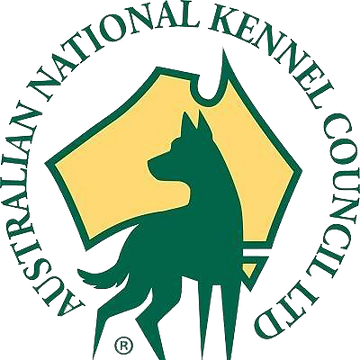Lakeland Terrier History
The Lakeland Terrier is a type of Border terrier that originated in the Lake District of England. The Lakeland Terrier originates in England and was originally used as a ratter, hunter and farmhand. The Lakeland’s coat became ingrained with dirt and water, making it resistant to water and dirt. Over the years the Lakeland was crossed with a variety of dogs, which resulted in its current appearance. The Lakeland was recognized by the United Kennel Club in 1949 and by the American Kennel Club in 2006.
Lakeland Terrier Physical Characteristics
The Lakeland Terrier is a small, long-haired breed of terrier that typically stands between 10 and 15 inches tall at the shoulder and weighs between 10 and 17 pounds. They have a thick, short, weather-resistant, and coarse coat that is light brown, red, or a mixture of these colors. They have a domed-shaped head with a flat top and large, wide-set, almond-shaped eyes. Their nose and lips are black and they have a small, dark muzzle. The Lakeland Terrier is versatile, alert, and fearless.
Eye Colors
Brown
Nose Colors
Unknown
Coat Colors
Unknown
Height Range
Male Height Range: 13 – 15 inches
Female Height Range: 13 – 14 inches
Weight Range
Male Weight Range: 15 – 17 lbs
Female Weight Range: 15 – 17 lbs
Lakeland Terrier Health
Description of breed health.
Lifespan
12-15 yrs
Lakeland Terrier Health Concerns
Legg-Calve-Perthes Disease, Patellar Luxation, Allergies, Eye Problems
Lakeland Terrier Temperament and Behaviour
The Lakeland Terrier is a feisty, lively, and active breed of dog. They are stubborn, but are easy to train. They are devoted and loyal to their owners. They are confident and assertive, but are also sweet and kind.
Lakeland Terrier Activity Requirements
The Lakeland Terrier is a high-energy, small, intelligent dog that was originally bred to hunt and retrieve. Today, they are a popular companion dog. The Lakeland Terrier was recognized by the AKC in 2017. The Lakeland Terrier requires regular activity and time for play. They require a fenced yard where they can run around. They enjoy running and playing with a ball, and they enjoy a game of hide and seek. While a Lakeland Terrier can adapt to living in a house or apartment, they do best when they have a regular routine and plenty of opportunity for exercise and mental stimulation. They need about an hour of walking or playing each day. If you are looking for a lively and adventurous dog, the Lakeland Terrier may be the perfect match. They are smart, curious, and energetic, and they love spending time with people.
Miles Per Day
Unknown
Activity Per Day
Unknown
Daily Food
1.3 cups
Kennel Club Recognition

American Kennel Club
Recognized by the American Kennel Club
Lakeland Terrier is part of the Terrier group.
Visit the American Kennel Club website.

The Kennel Club
Recognized by The Kennel Club
Lakeland Terrier is part of the Terrier group.
Visit the Kennel Club website.

Australian National Kennel Council
Recognized by the Australian National Kennel Council
Lakeland Terrier is part of the Terrier group.
Visit the Australian National Kennel Council website.

Canadian Kennel Club
Recognized by the Canadian Kennel Club
Lakeland Terrier is part of the Terrier group.
Visit the Canadian Kennel Club website.